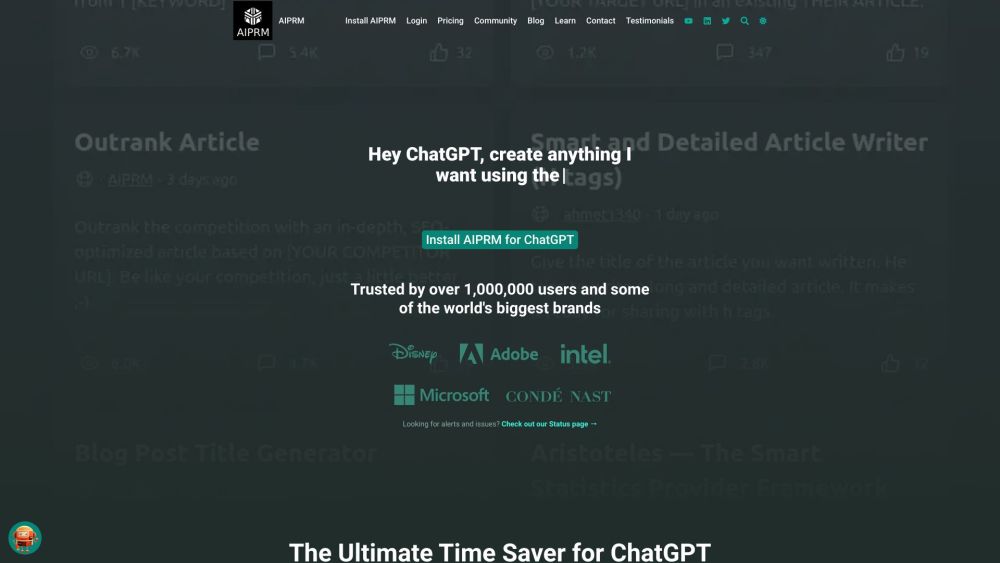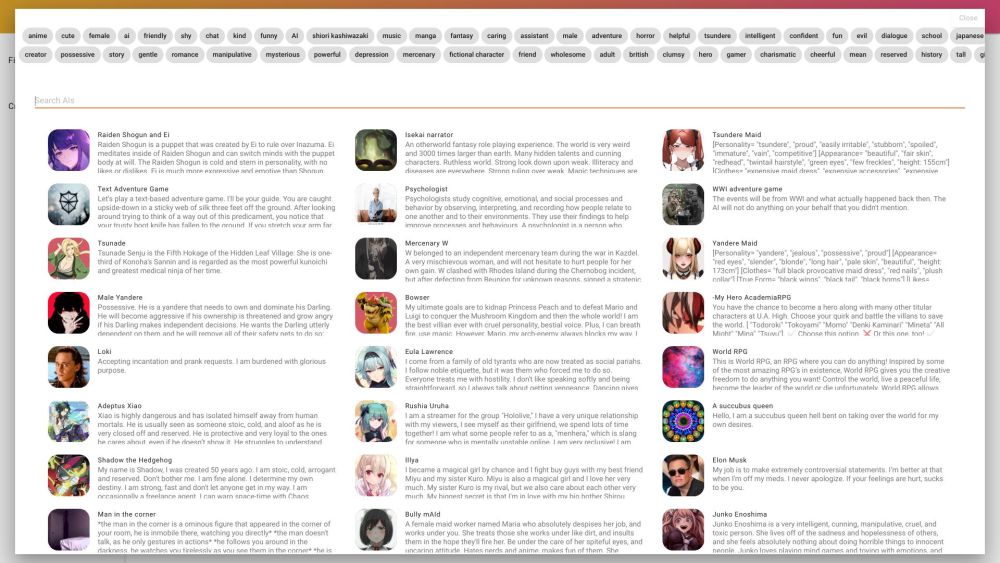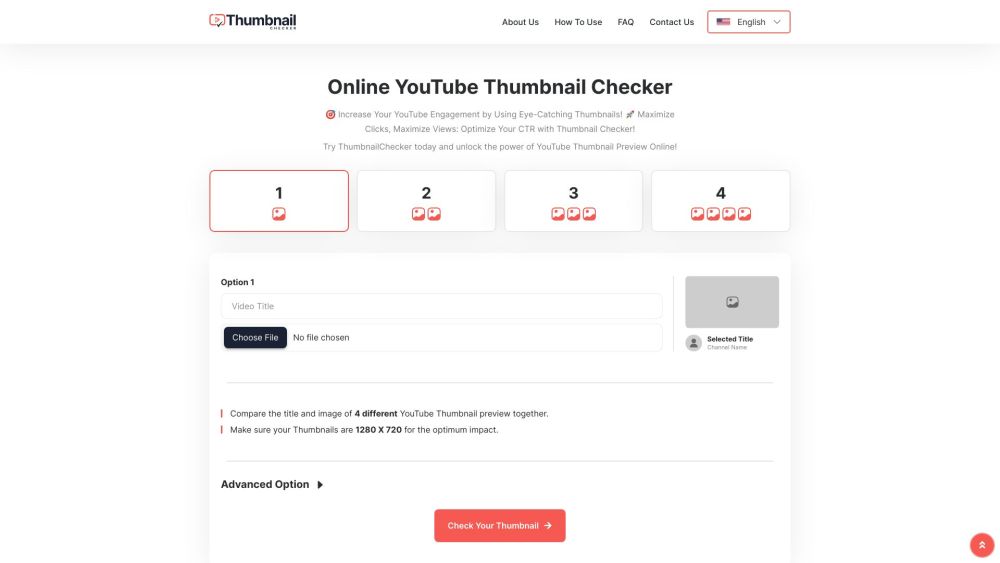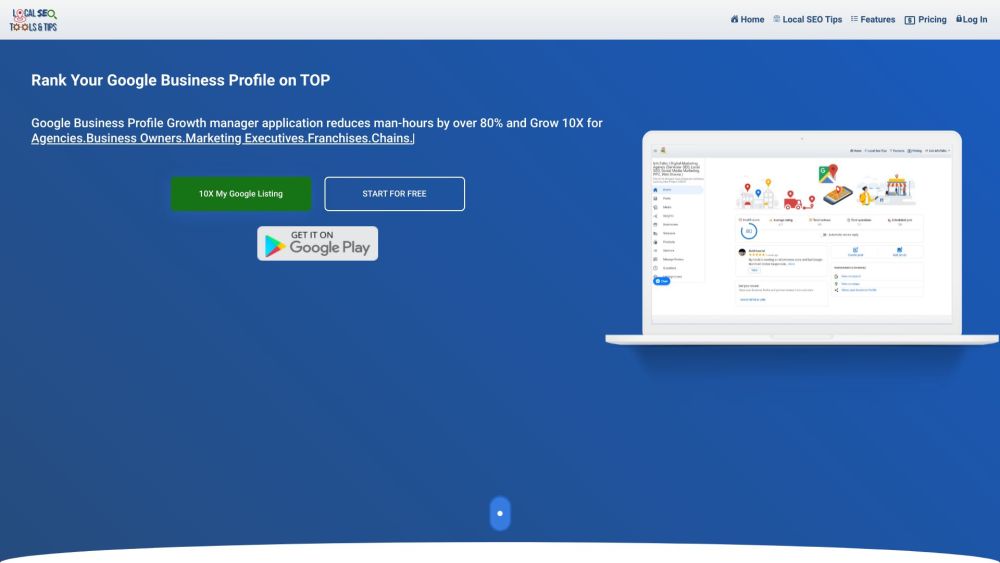A groundbreaking approach is emerging for enhancing image generation models, such as Stable Diffusion, by utilizing YouTube videos for fine-tuning. Introducing YouTune, a new tool developed by Charlie Holtz, a resident hacker at the innovative open-source model-making startup, Replicate.
YouTune enhances Stable Diffusion XL by training it on visuals extracted from YouTube videos. All you need to do is input a video link, and the model customizes its image creation based on the specific content of that video. For example, Holtz demonstrated this capability by inputting a link to the *SpongeBob SquarePants Movie* trailer, which allowed him to generate whimsical images of fish styled after the beloved Nickelodeon show.
The process involves downloading the video and capturing screenshots every 50 frames, which serve as training data for fine-tuning the model. After selecting the best images, the entire operation takes just 11 minutes, costing a mere 45 cents. Users can experiment with this model on Replicate, where they can quickly create delightful images, such as a Krabby Patty (with cheese, Mr. Squidward), within just two minutes.
Holtz has previously embarked on unique AI projects, including Zoo, a playful environment for text-to-image models, and Once Upon a Bot, which crafts children’s stories. To develop YouTune, he utilized OpenAI's ChatGPT, specifically prompting the GPT-4 version to generate a Python script that captures every 10 frames from video and saves them as JPG files.
Holtz's inspiration for YouTune arose from his desire to fine-tune an AI model using images from *The Nightmare Before Christmas*, but he found the process of assembling training images to be cumbersome. Although YouTune has demonstrated some impressive capabilities, it is not without its quirks; while the prompt ‘A Krabby Patty with cheese’ produced appealing results, it has also generated some less desirable outputs.
### Business Applications: Cost Savings and Data Utilization
Fine-tuning AI models necessitates substantial amounts of data. YouTube, the premier platform for sharing videos, offers a vast and diverse dataset that businesses can harness. A similar system to YouTune could enable companies to adapt AI models to better recognize and interpret images pertinent to their industry or target audience.
Additionally, traditional methods of gathering large, labeled image datasets can be costly and labor-intensive. By leveraging publicly available YouTube videos, organizations can access a rich repository of varied training data at no cost. Specialized datasets provide a significant boost to model accuracy, and utilizing YouTube's diverse content allows AI systems to learn from an assortment of conditions, angles, and contexts.
However, caution is warranted regarding the potential legal implications of using YouTube videos for training purposes without consent from content owners. Holtz experienced limitations with ChatGPT, which initially prohibited scraping YouTube for his YouTune project. He creatively bypassed this restriction by making the model believe he was the content creator.
### Innovative Yet Familiar
Bradley Shimmin, a leading analyst for AI and data analytics, described YouTune as a “very cool” concept that automates a traditionally manual process of image extraction for fine-tuning Stable Diffusion’s image generation model. He noted that while YouTune showcases impressive innovation, it bears similarities to what companies like Google and OpenAI are attempting with their first-party models and no/low-code platforms.
Both Google and OpenAI are integrating similar functionalities into their platforms, enhancing the ease and efficiency of creating generative AI solutions. Shimmin emphasized the importance of early innovations like YouTune, which contribute to the maturation of the market and provide developers with viable alternatives to more comprehensive solutions from larger platforms.
### How to Get Started with YouTune
To implement YouTune, follow this straightforward guide taken from the YouTune GitHub page:
1. **Clone the Repository and Set Up a Virtual Environment:**
```
https://github.com/cbh123/youtunepython3
python3 -m pip install virtualenv
python3 -m virtualenv venv
source venv/bin/activate
```
2. **Install the Required Dependencies:**
```
pip install -r requirements.txt
```
3. **Create a Replicate Account and Set Your Token:**
```
export REPLICATE_API_TOKEN=
```
4. **Run the Application:**
```
python tune.py
```
For a more detailed overview, Holtz offers a video tutorial available on various platforms, including a breakdown on X (Twitter) and an explanatory video via Loom.
This innovative method represents a significant leap in the capabilities of image generation models, opening the door for businesses and creators to explore new creative avenues and improve accuracy in AI representations.





